7 natural wonders of England you need to visit
World Tourism Day (September 27th) is the perfect reminder to broaden your horizons – and if England’s on your list, there’s more here than just London, Liverpool and Bath. Beyond the famous cities lies a landscape of cliffs, caves, waterfalls, and lakes that showcase England’s natural beauty in all its glory.
These incredible natural landmarks in England prove that the country’s countryside can rival any long-haul destination. Whether you’re chasing ocean views, hiking limestone gorges, or standing beneath a thundering waterfall, exploring England’s great outdoors is as rewarding as any museum or palace.
We’ve rounded up seven of the best natural places to visit in England. From the Jurassic Coast to the Lake District, each one is a reminder that this small country punches well above its weight when it comes to nature. And if you’re planning a trip, don’t forget to check out our England hotels for the perfect base.
Durdle Door, Dorset
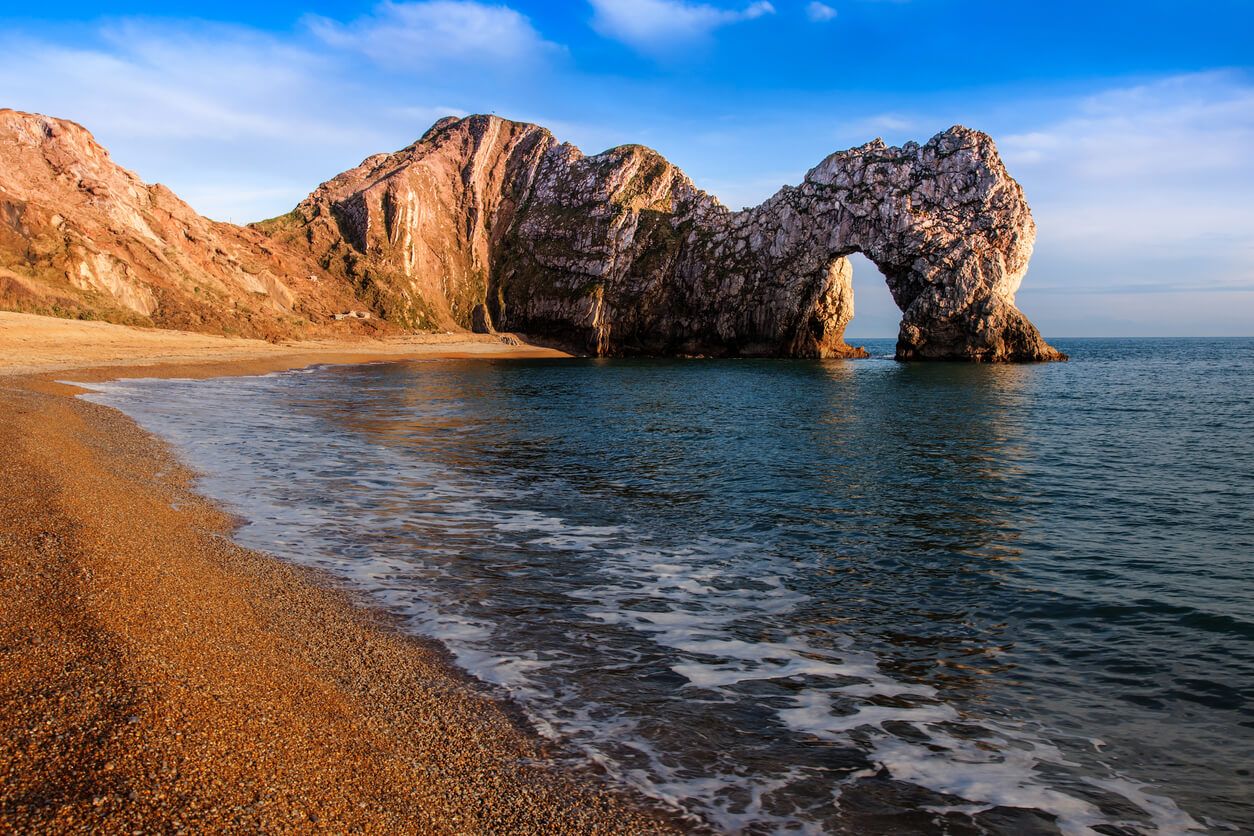
Few sights are as iconic as Durdle Door, the giant limestone arch rising dramatically from the Jurassic Coast. Found near Lulworth in Dorset, it’s been shaped by the sea for millions of years and is one of the most photographed landmarks in England.
The walk down is a bit of a thigh-burner, but the reward is that jaw-dropping view – plus a beach perfect for picnics (or a bracing dip if you’re feeling bold). Visit at sunset and you’ll see why artists, filmmakers and vacationers all fall for this natural showstopper.
Cheddar Gorge, Somerset
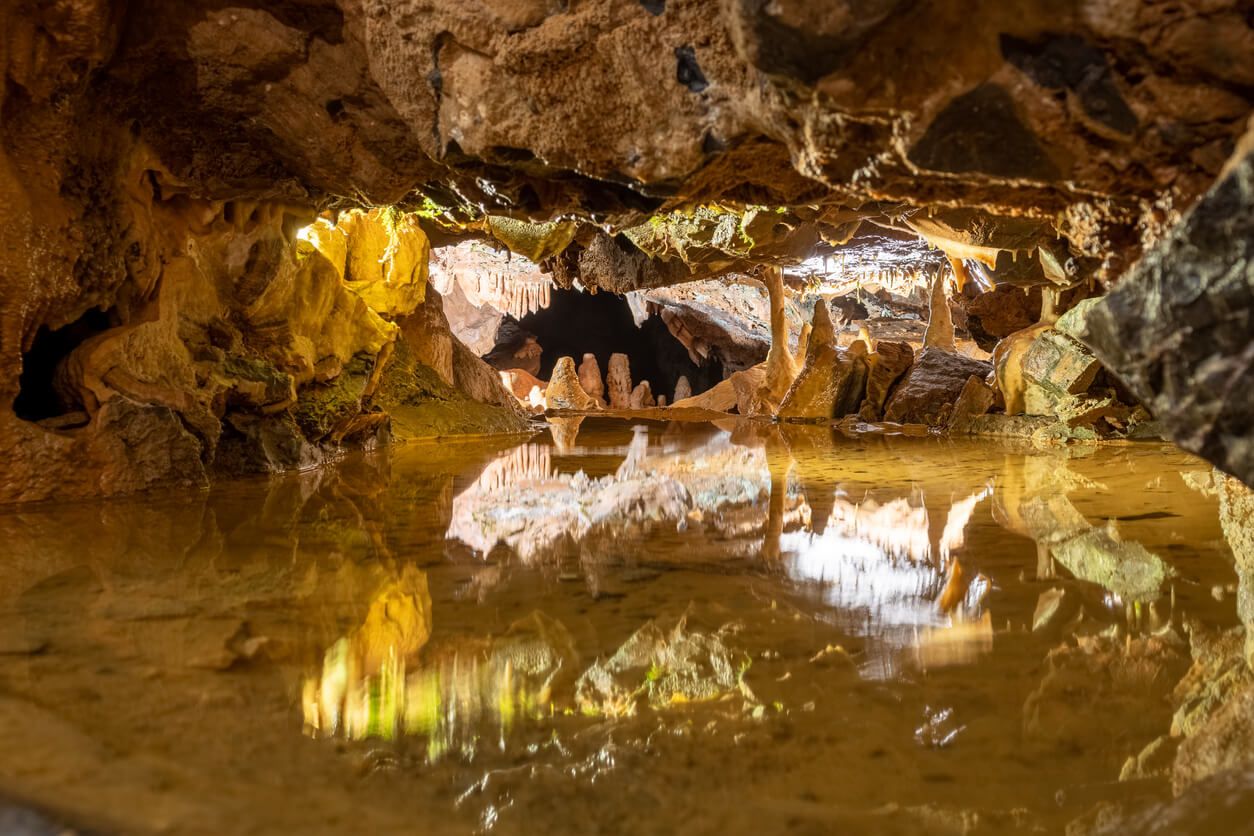
Carved deep into the Mendip Hills, Somerset’s Cheddar Gorge is England’s largest gorge and hands-down one of its most dramatic landscapes. Towering limestone cliffs rise up on either side of a winding road, while beneath them lies a network of caves famed for their stalactites (and their cheese).
Hiking up to the clifftops delivers sweeping views over the rolling countryside, with goats clambering about for extra entertainment. The village of Cheddar itself is picture-perfect, and yes, you can sample the famous cheese where it was first made.
The Needles, Isle of Wight

Jutting proudly into the Solent, the Needles are a trio of jagged chalk stacks that have become the defining feature of the Isle of Wight. Best viewed from the chairlift at Alum Bay or from a clifftop walk along Tennyson Down, they’re as photogenic as they are unusual.
The coloured sands of Alum Bay add a quirky touch, while boat trips let you see the rocks and lighthouse up close. Autumn and spring bring smaller crowds but the same sweeping views, making this natural wonder a year-round showpiece. Stay at an Isle of Wight hotel and you’ll have easy access to the island’s best scenery.
Malham Cove, North Yorkshire

Malham Cove is a natural amphitheatre of towering limestone, created by glaciers over 12,000 years ago. Found in North Yorkshire’s Yorkshire Dales National Park, the curved cliff face stretches 260 feet high and is one of the most striking sights in the region.
Climb to the top and you’ll discover a vast limestone pavement, famously used as a Harry Potter filming location. The view across the Dales is breathtaking, while the surrounding village of Malham offers cozy pubs for a well-earned drink.
High Force Waterfall, County Durham
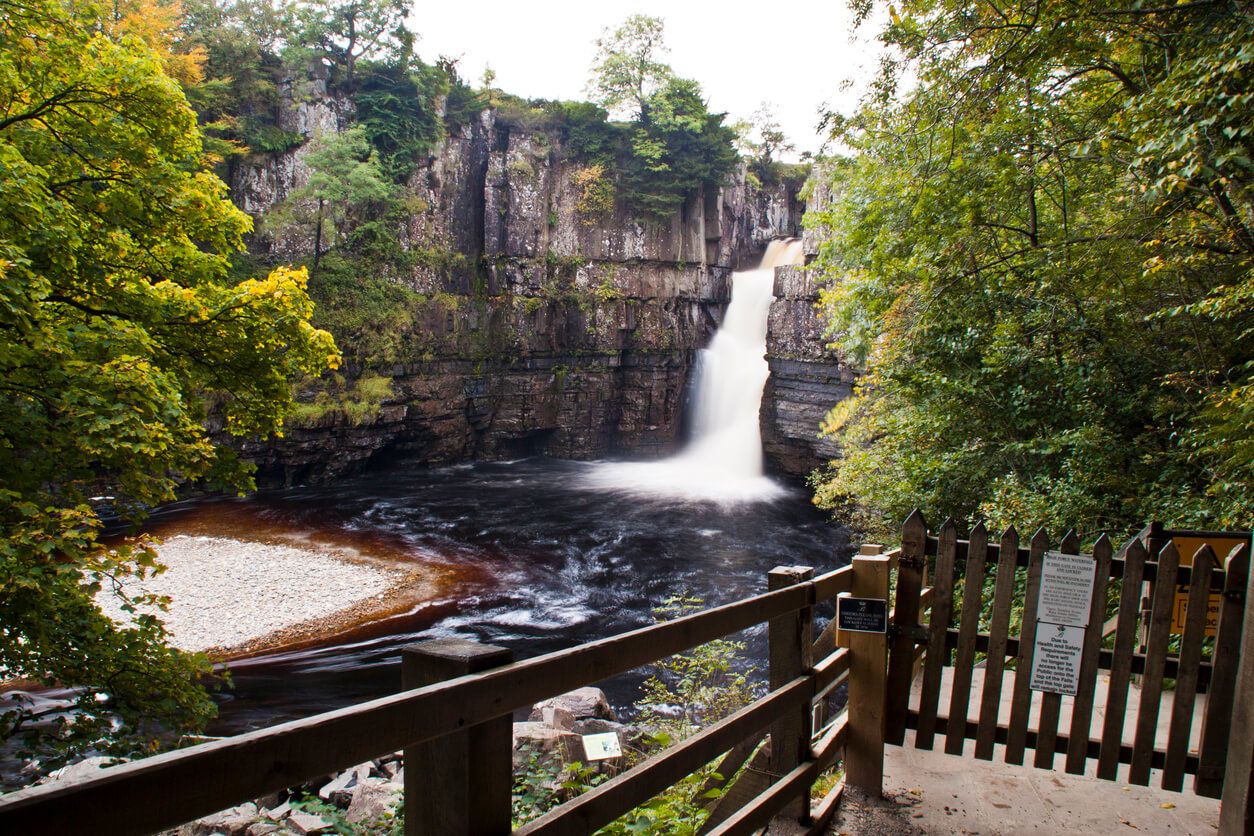
Hidden in the wilds of the Durham Dales, High Force is one of England’s most powerful waterfalls. The River Tees crashes 70 feet over a sheer cliff of ancient Whin Sill rock, creating a thundering spectacle that feels more Canadian wilderness than northern England.
There’s a short, accessible trail through the woods to the base of the falls, as well as longer walks for those who want to soak up more of the Teesdale countryside. In autumn, golden leaves frame the torrent; in winter, icy spray adds extra drama.
Wast Water, Cumbria
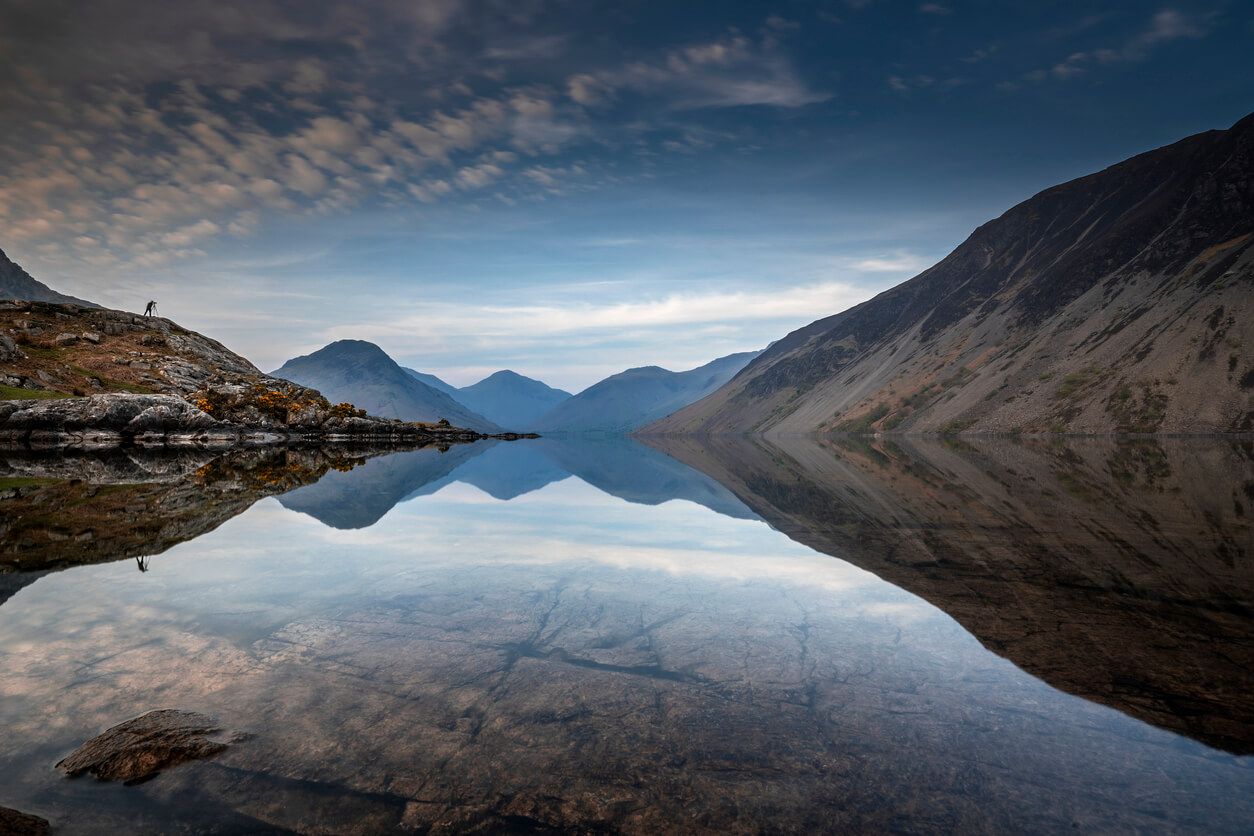
Deep, dark and impossibly atmospheric, Wast Water is the deepest lake in England and one of the crown jewels of Cumbria’s Lake District. Surrounded by the mighty peaks of Scafell Pike, Great Gable and Red Pike, it has a dramatic beauty that’s captivated visitors for centuries.
The water is so clear it reflects the mountains perfectly on a still day, while walkers can explore the rugged screes that plunge dramatically into the lake. It feels more wild and remote than some of the busier Lakes, making it a true escape. With Cumbria hotels close by, you can wake up and enjoy it all over again the next day.
White Cliffs of Dover, Kent
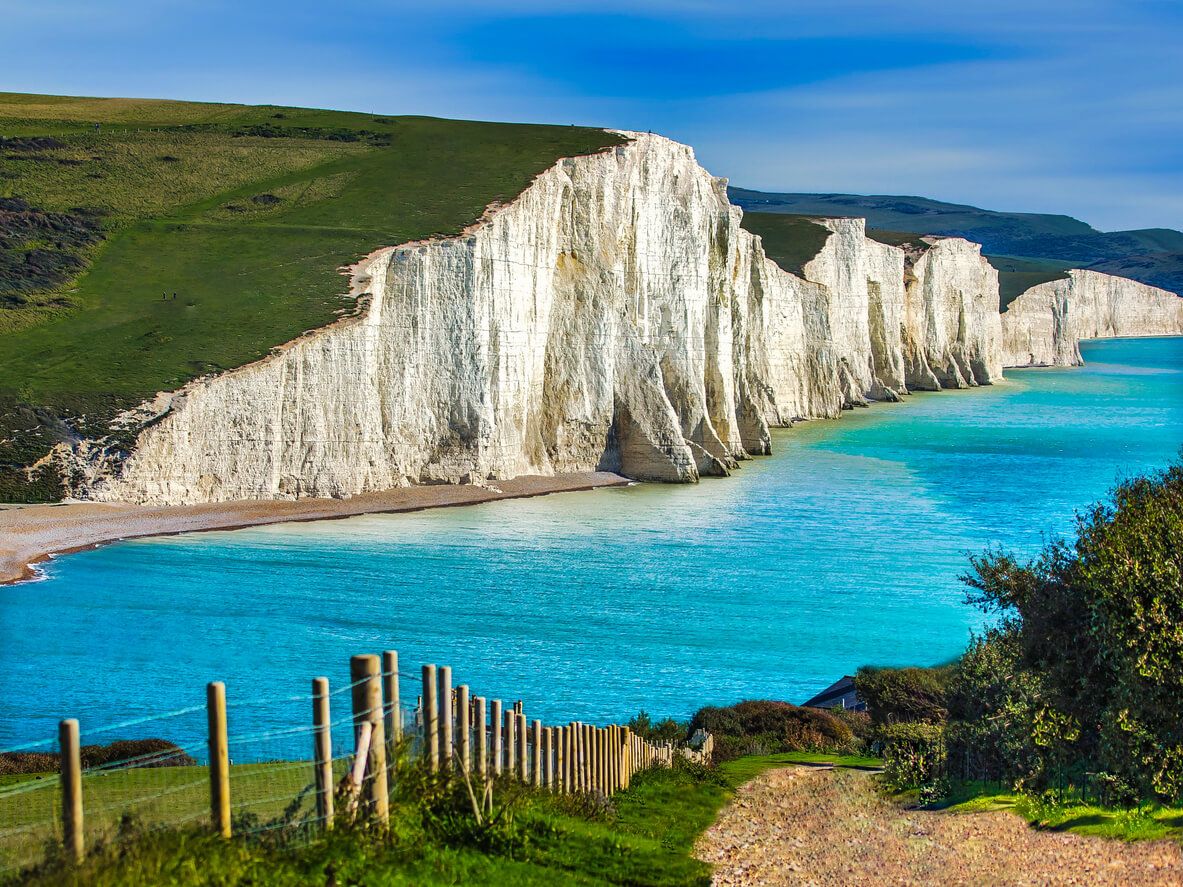
The White Cliffs of Dover are a true symbol of England – towering chalk cliffs that stretch for miles along the Kent coastline. Best admired from clifftop trails that reveal sweeping views over the English Channel, they’re breathtaking on a sunny day and just as striking when storm clouds roll in.
History buffs will love the wartime tunnels and castle nearby, while walkers can trek all the way to Deal or St Margaret’s Bay. The sheer brilliance of the chalk against the blue sea is unforgettable.
England isn’t just castles, cathedrals and cobblestone streets – its natural wonders are every bit as spectacular as its cities. From cliffs that plunge into the sea to lakes framed by mountains, there’s no shortage of jaw-dropping scenery to explore. So if you’re planning a trip, make sure to check out our England hotels and start building your adventure around some of the country’s most unforgettable landscapes.

Meet the author
Ian LewisIan has worked in travel for over 15 years, writing about destinations across the whole UK and around the world. He loves city breaks with the family and is always hunting out new and exciting attractions to visit, and the best hotels to match.


